Part 3
A Good Model
& The Feynman Sum Over Histories

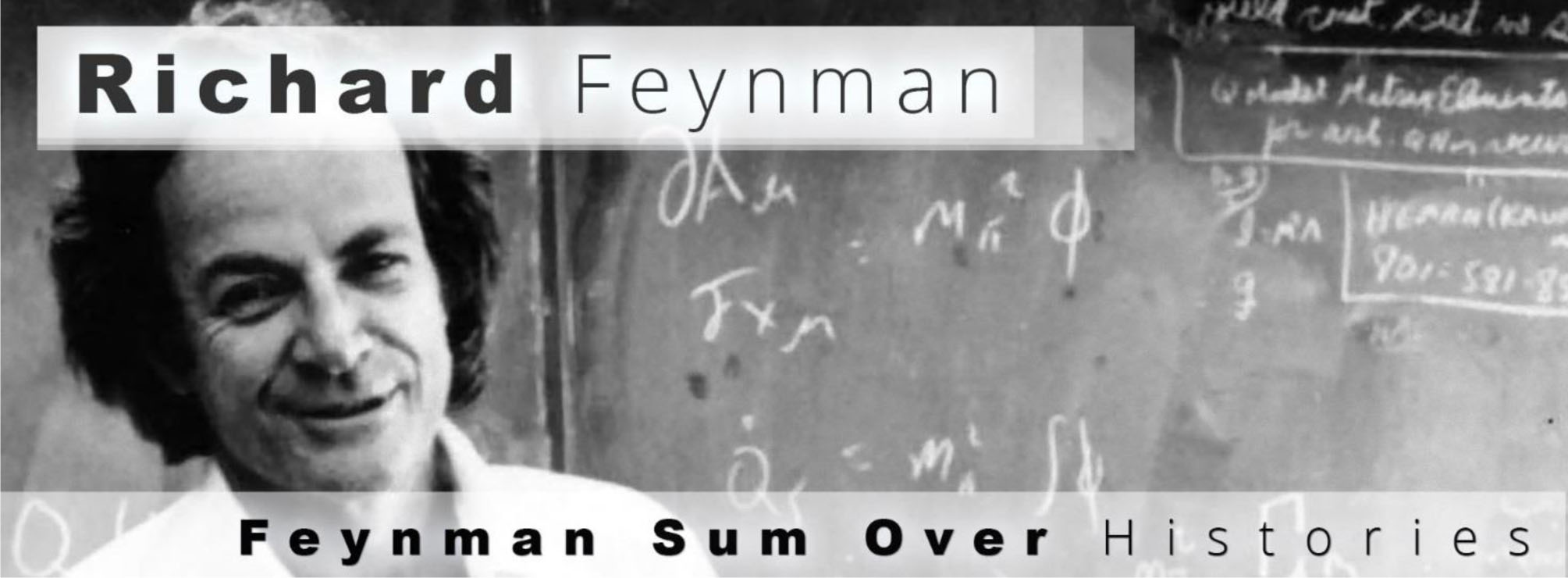

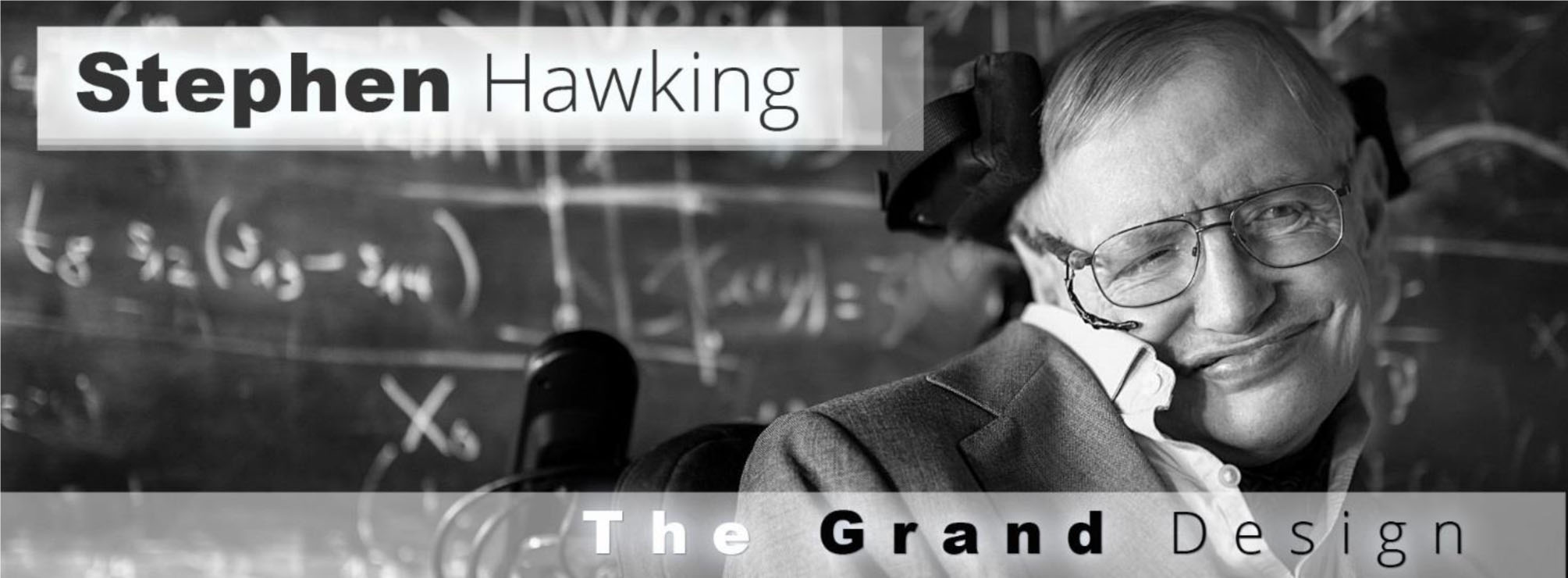
The S-World UCS ™ M-Systems
From S-World Story 12.
M-Systems and Special Projects
24th November 2017
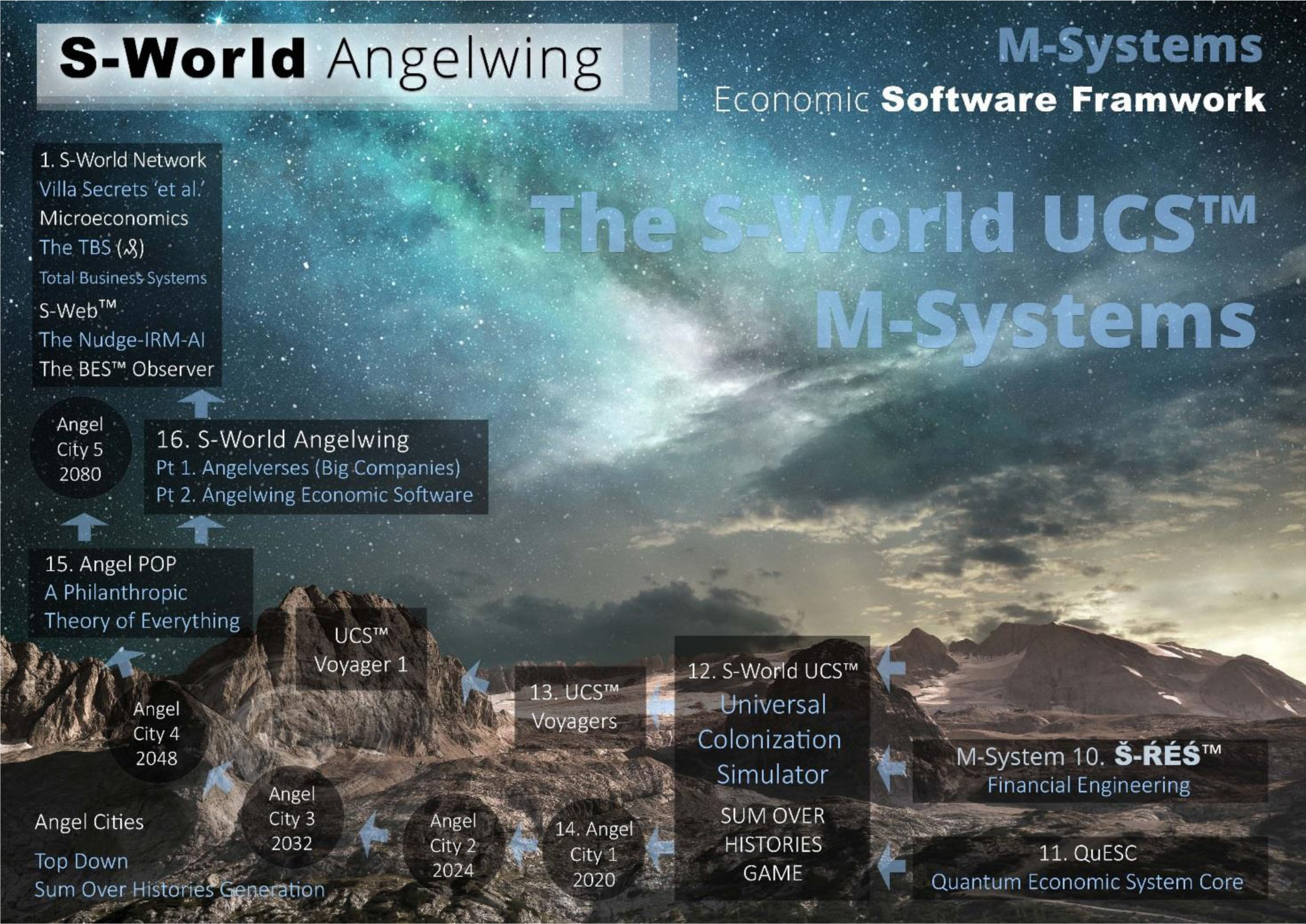
S-World UCS™ creates many different simulations for each business and becomes the training and recruitment tool for the network. It is intrinsically linked to the TBS™ and is, in fact, the way the stakeholders in a business run their business. A key ingredient to S-World UCS™ is that it allows all the personnel in a company to make their own simulations, and then the company (as a whole) chooses the best outcomes from all scenarios; it’s a very inclusive system.
This story starts at a point when RES was the least detailed M-System, whereas now the three Supereconomics books THE WHAT, THE HOW and THE WHY are all built upon it.
So, let’s go back to the future, November 24th, 2017 and ‘The S-World UCS M-Systems.’
The S-World UCS M-Systems. (from 2017)
“Shaping the Future
Set in the years 2048 and 2080, Angel Cities 4 and 5 are the nerve centre for the S-World network’s long-term ambitions, described as a set of ‘super projects.’ In this simulation, we work within the M-Systems framework to plan the best Earth we can logistically create. And once the blueprint is set, we create paths back through Angel Cities 3, 2 and 1 so that each company, development, wonder, and ‘special project’ that we wish to exist in 2048 and later in 2080 has a definite history back from the future to our time.
By planning our future in intricate detail and working in waves of probability, ripple, & butterfly effects back through the future Angel Cities, we can control our destiny.
This future <> past relationship is in a constant superflux; but one thing is constant, our ambition, the set of ‘super and special projects’ that are to be achieved. In game theory and military strategy, they call it ‘Commander’s Intent’ (but instead of ‘take that hill, its ‘make them projects’), as commanders know that the best-laid plans can quickly fall apart in battle. We must allow for every eventuality when creating the strings/paths that lead to the creation of our ‘super and special projects.’
87 Quintillion Histories
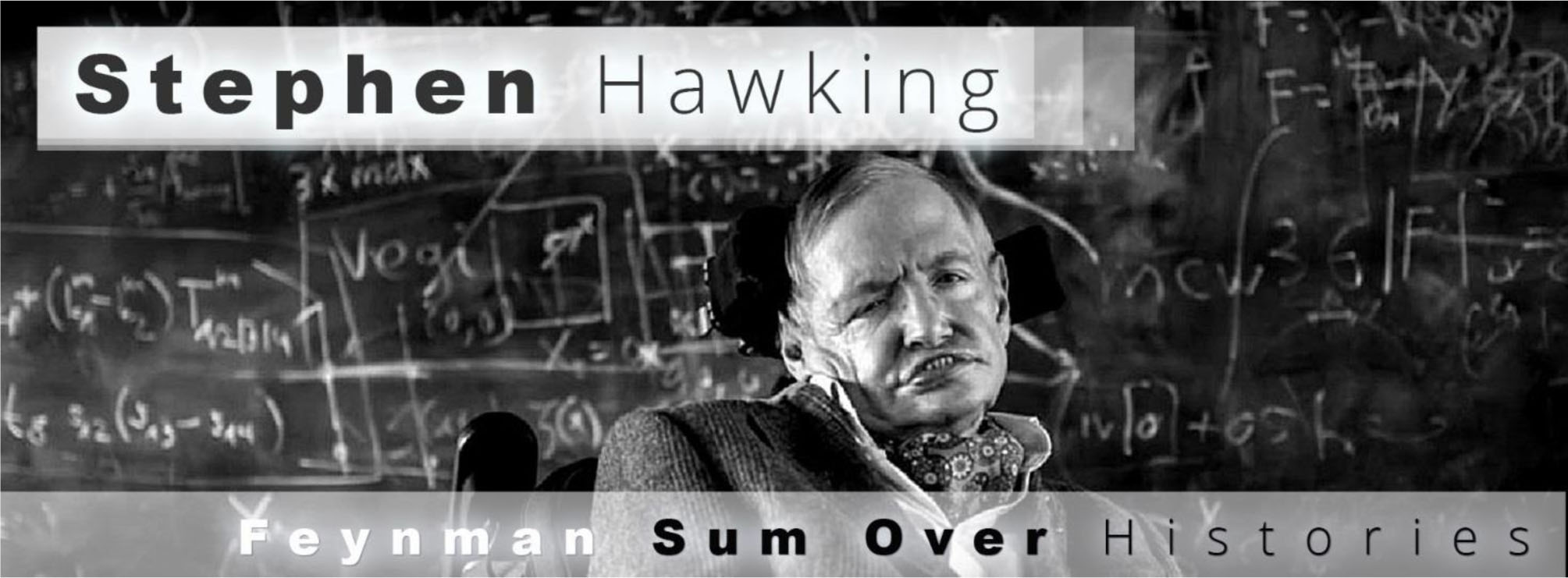
This chapter follows on from the last but is two years further on. It’s amazing to read through the last chapter and see how far the theory has come. From the idea of passing data back and forwards from 2020 (Angel City 1) to 2080 (Angel City 5) and back and forwards, now developed into a step by step guide per the Š-ŔÉŚ™ Financial Engineering plan described in History 2 and 3. And as we shall read the intention is to create more than 87 quintillion histories (economic simulations) (87,714,630,433,327,500,000) before 2080
MARS Resort 1
It may sound nutty, but a critical ingredient, the launchpad for the Malawi Grand Śpin Network History 2 and 3, was to theorise a city on Mars. MARS Resort 1. Because all the forces that made me cast away ŔÉŚ™ in 2012, disappeared when constructing a MARS colony
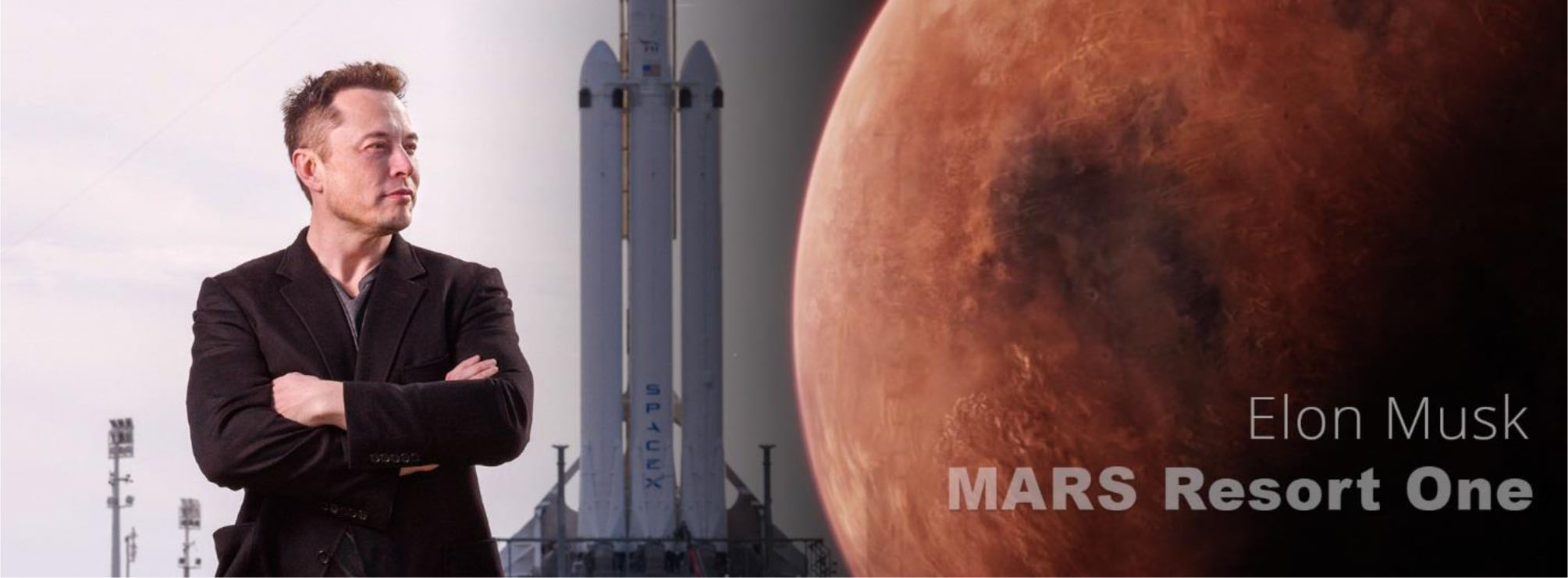
- The biggest problem in 2012 was Tax, but on a Mars colony, we could pay tax in Network Credits.
- Same for labours spending.
- And of course, all the companies were just smaller specialized components of the colony system, and their spending would be directed by The TBS™ and Net Zero DCA Software (Advanced version).
This incite opened the door to finding the closest economic country to MARS (who uniquely has zero GDP), and Malawi (lowest per capita GDP) was chosen, and then History 2, and History 3, and here we all are…
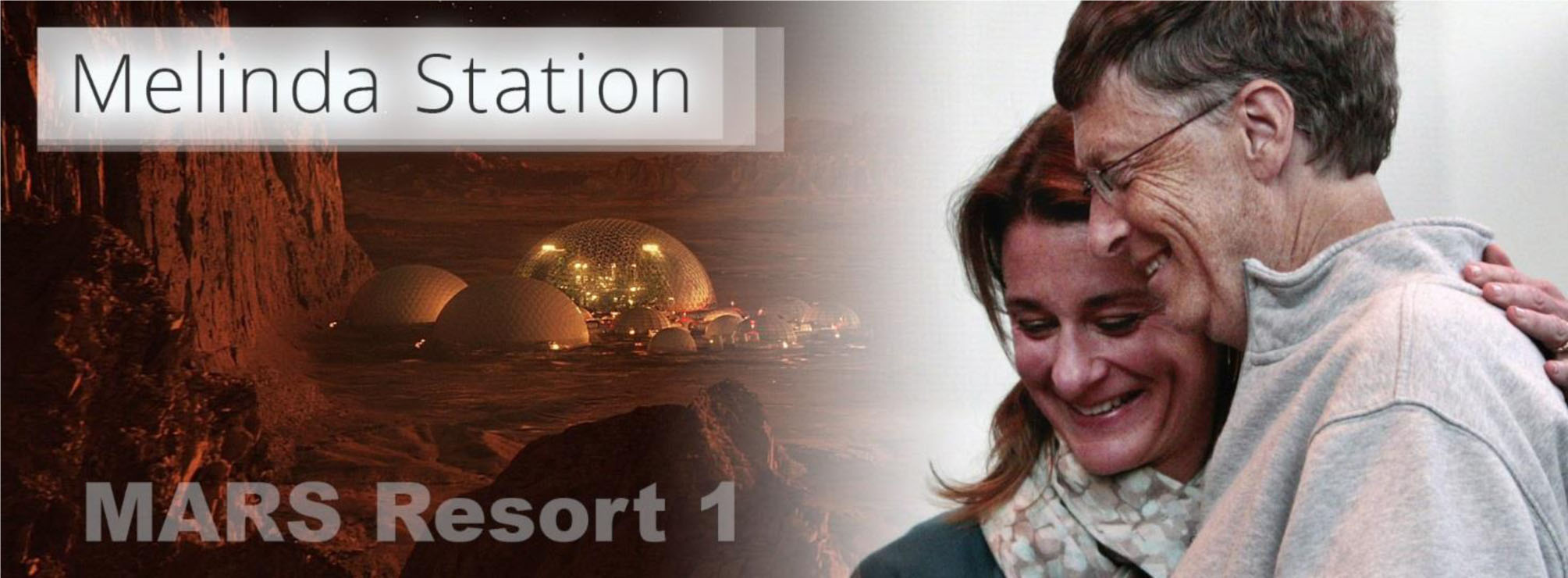
I appreciate that one of the last things on Melina Gates’ mind is ‘my MARS Resort 1 Station’, but I really enjoyed seeing the graphic develop, so I’m sharing it. With this said at this time, Melinda and Bill’s Foundation is the primary target for this project.
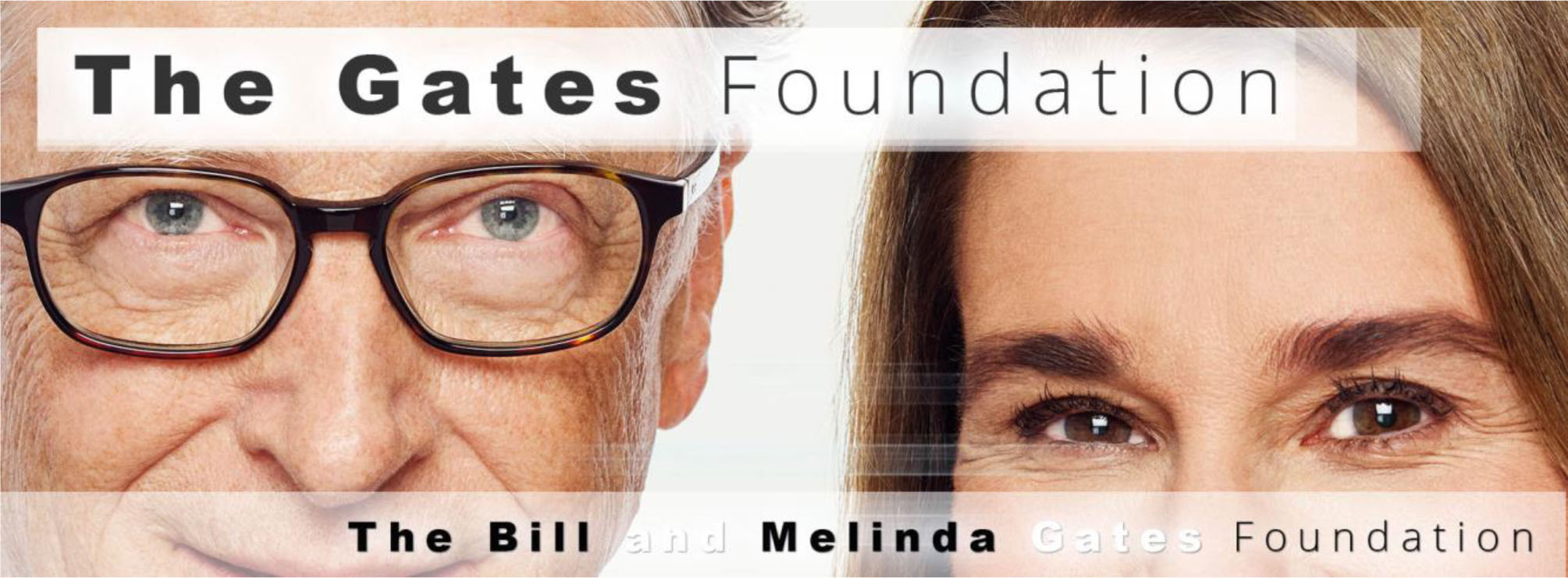
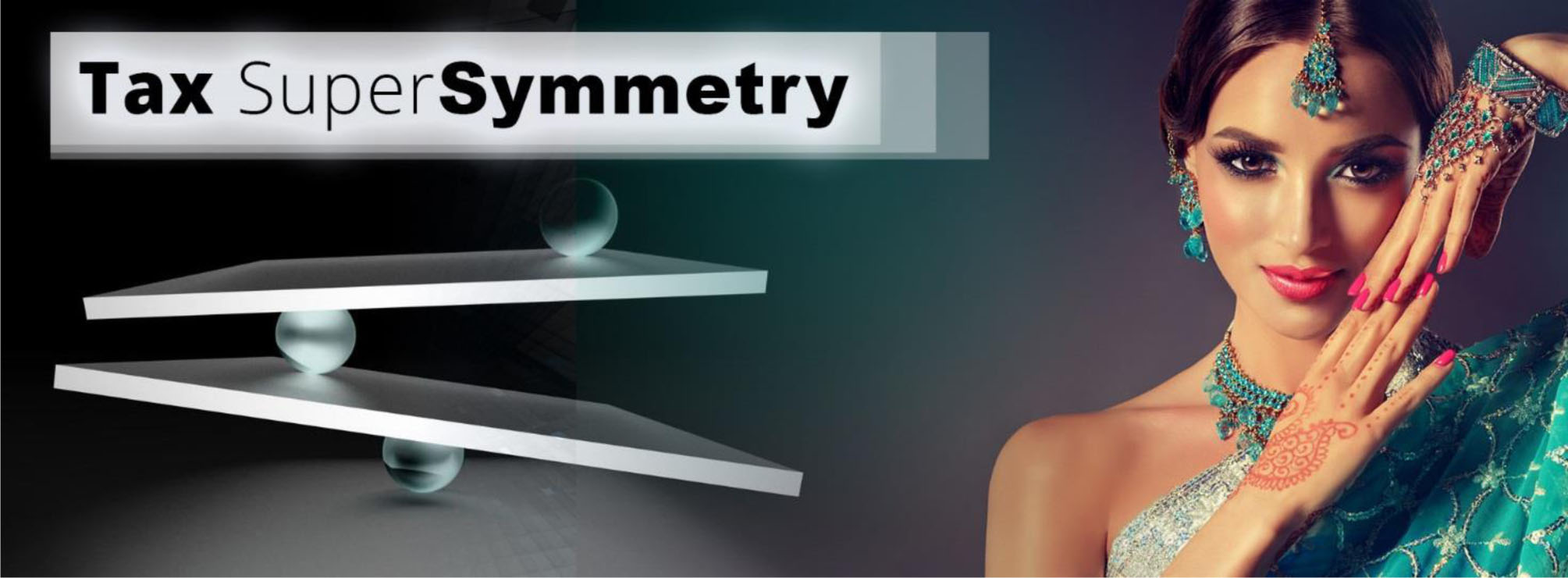
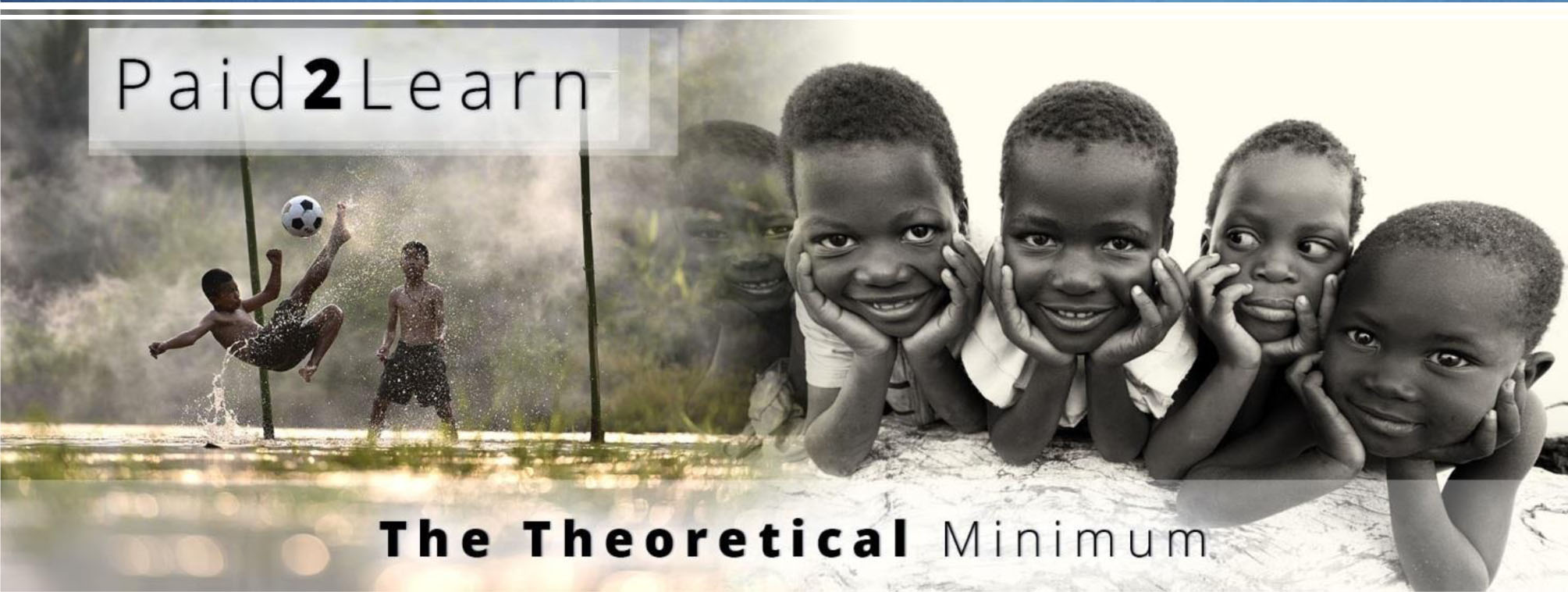
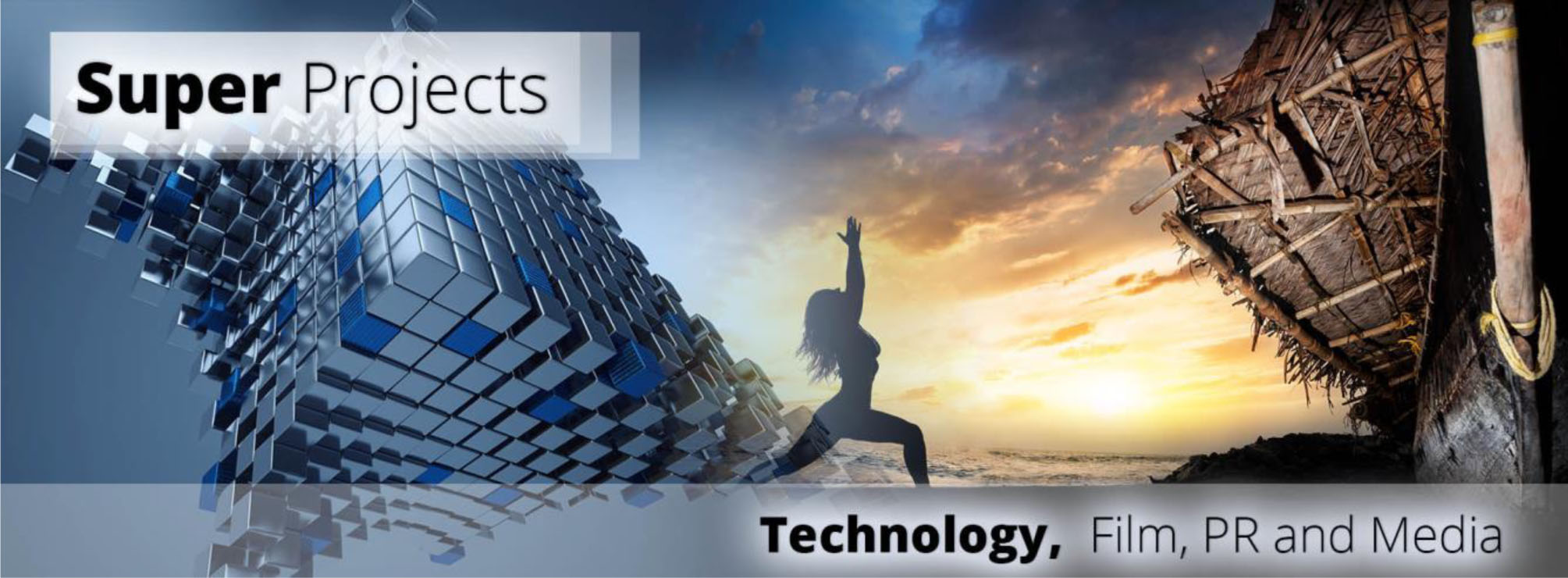
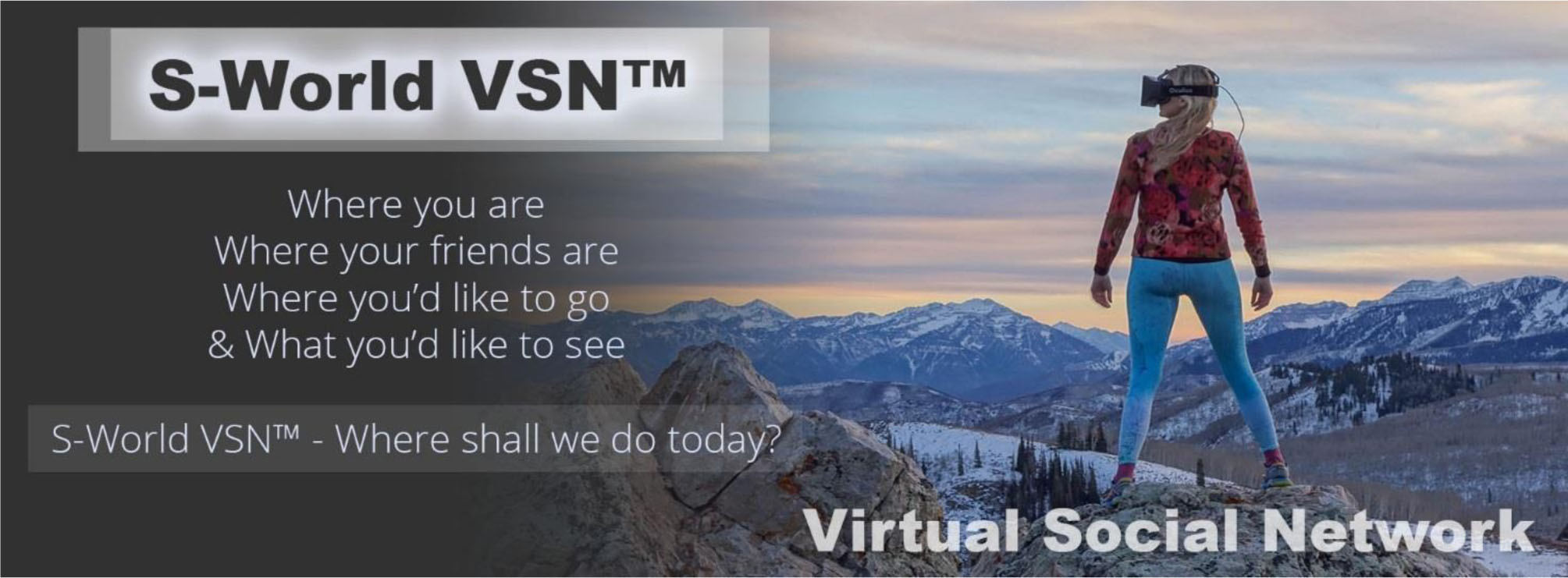
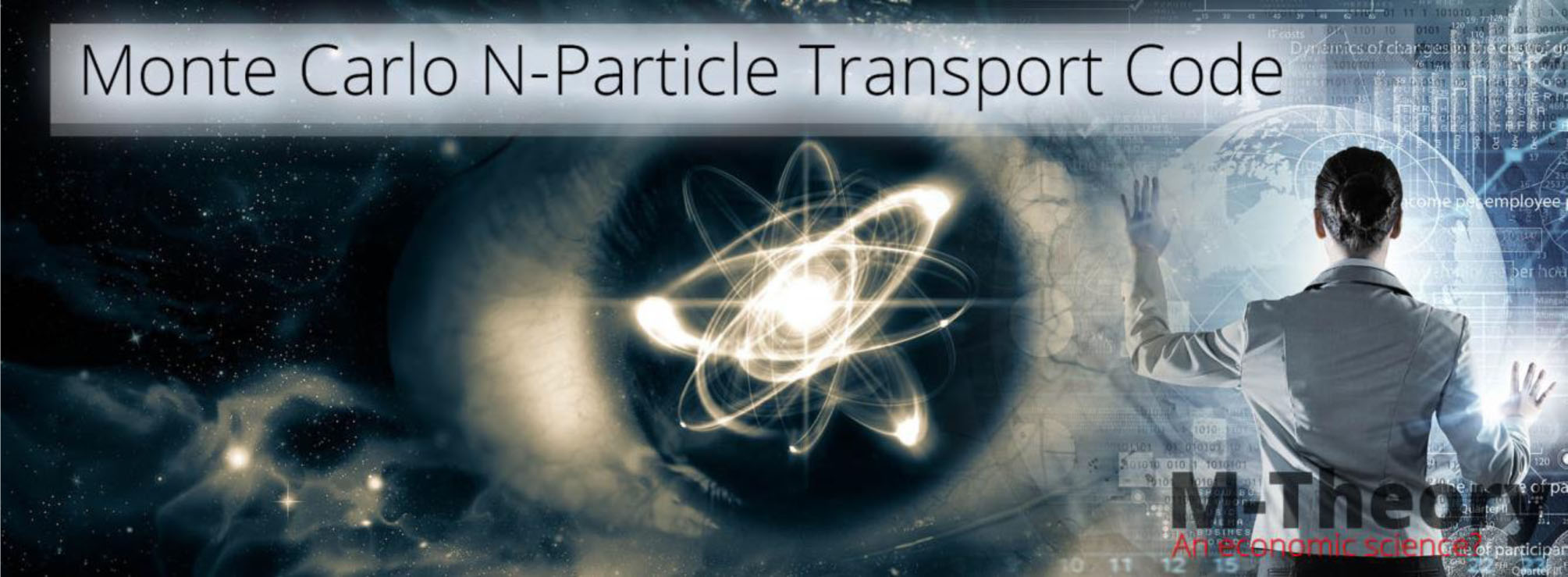
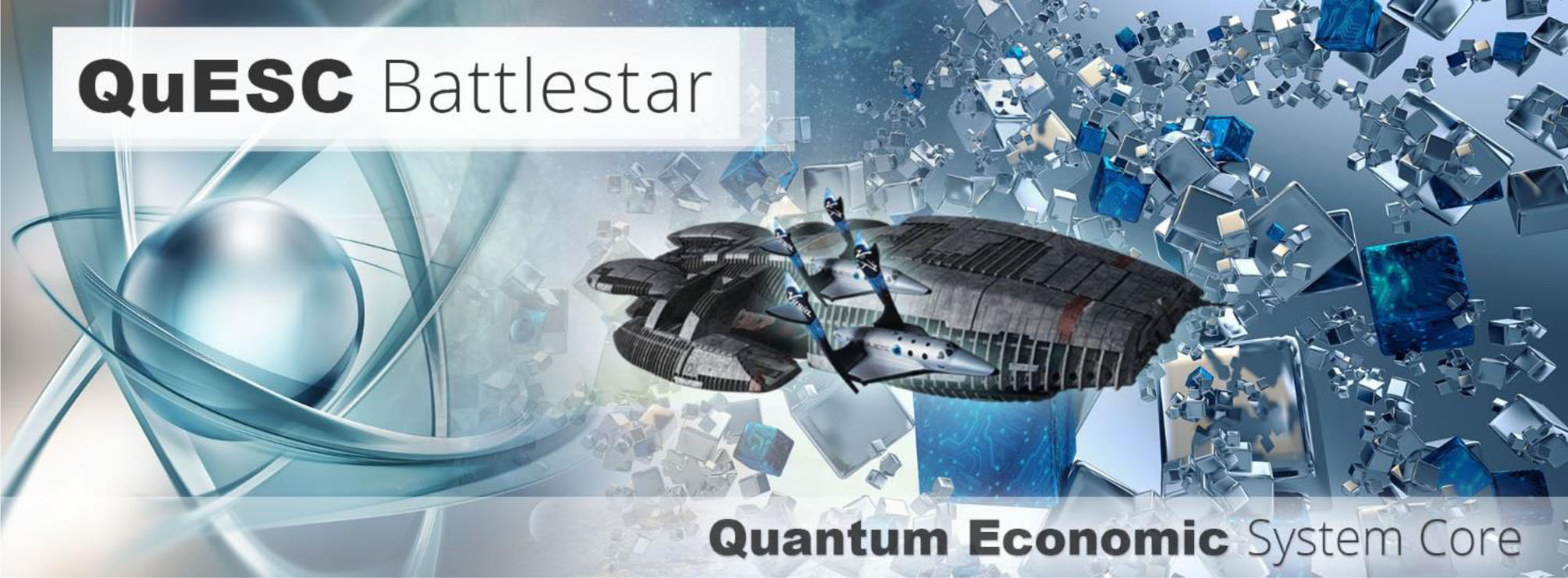
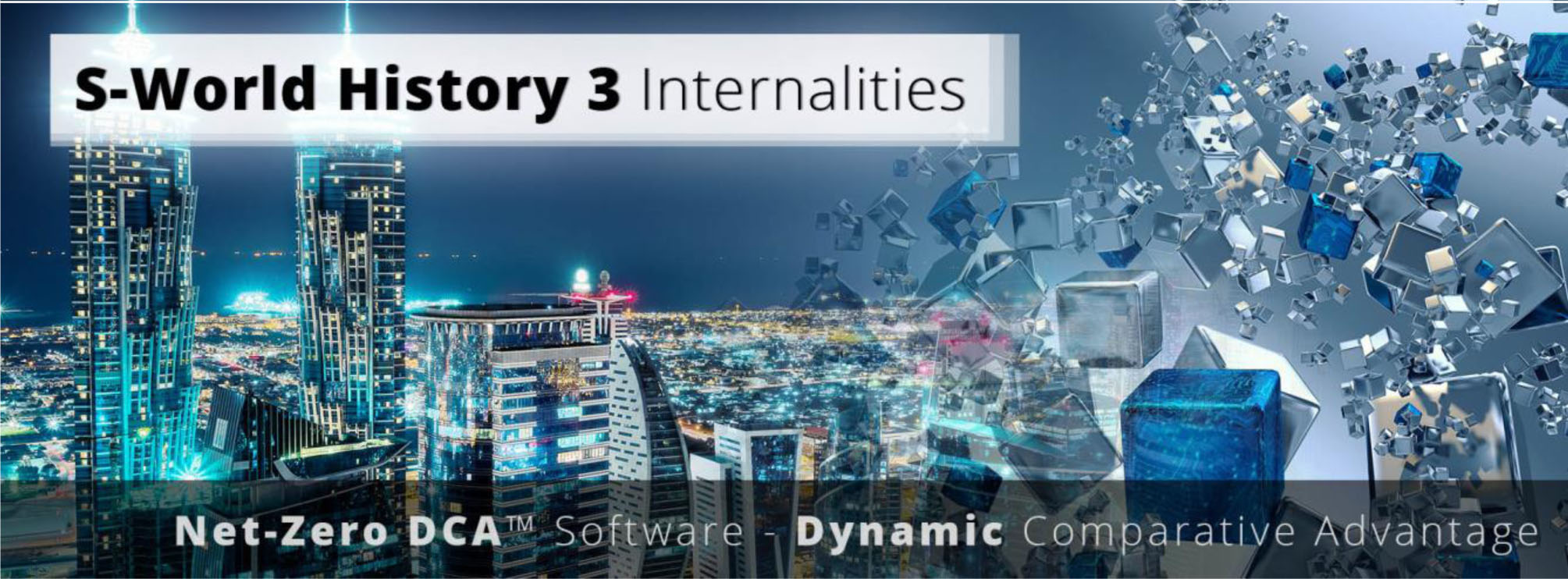
POP – Financial Gravity
Cubic Dimensions (Ð1 to Ð21)
1 x 8 = 8
8 x 8 = 64
64 x 64 = 512
512 x 512 = 4096
POP is a simple but evolving mathematics with applications in economics, which is in part explained in chapter 18. POP Cubes – Financial Gravity. The original version of Angel POP from The Network on a String in 2012 created 8 Continental Networks, and would only allow entry to the next tranche (financial dimension) once all continental networks including Africa had reached their POP target/point. (A predetermined financial target.)
The math is simple and cubic, by multiplying each dimension by 8 to get to the next dimension. Below, we see a complete picture, from financial dimension 1 (Ð1) $0.0001 cents up to $32,768 in Ð10a for an individual person, then at Ð17 we see the first Grand Śpin Network, and finally, in Ð21, we see 4096 Grand Śpin Networks with 8.5 billion personnel, 268 million companies, and not seen would be about 12 billion Paid2Learn places. (education and welfare).
| Grand | Global | Continental | Country | Country | # GŚNs | Companies | #Staff | Number | |
| Śpin | Network | Networks | State | State | in | in | per | off | |
| Networks | Cube | Province | Province | Malawi | 2080 | Company | Personnel | ||
| GŚNs | GN | CN | CSP 1 | CSP 2 | MH3 | Co#2080 | SPC | #PE | |
| Ð21 | 4096 | 1 | 268,435,456 | 32 | 8,589,934,592 | ||||
| Ð20 | 512 | 8 | 33,554,432 | 32 | 1,073,741,824 | ||||
| Ð19 | 64 | 8 | 4,194,304 | 32 | 134,217,728 | ||||
| Ð18 | 8 | 8 | 524,288 | 32 | 16,777,216 | ||||
| Ð17 | 1 | 8 | 65,536 | 32 | 2,097,152 | ||||
| Different | Different | Different | Single | Quality | # | Companies | Staff per | Number of | |
| Industries | Niche | Speciality | Company | Circles | Personnel | in 2080 | Company | Personnel | |
| DI | DN | DS | SC | QS | #PE | Co#2080 | SPC | #PE | |
| Ð16 | 64 | 1,024 | 32 | 32,768 | |||||
| Ð14 | 8 | 128 | 32 | 4,096 | |||||
| Ð13 | 8 | 16 | 32 | 512 | |||||
| Ð12 | 8 | 2.00 | 32 | 64 | |||||
| Ð11 | 8 | 0.25 | 32 | 8.00 | |||||
| Ð10a | 8 | 0.03 | 32 | 1.00 | |||||
| Ð10b | $ 32,768 | ||||||||
| Ð8 | 64 | $ 512 | |||||||
| Ð6 | 64 | $ 8 | |||||||
| Ð4 | 64 | $ 0.12500 | |||||||
| Ð2 | 64 | $ 0.00195 | |||||||
| Ð1 | 8 | $ 0.00024 | |||||||
| $ 0.00010 | One Quanta | ||||||||
Š-ŔÉŚ™ Makes the Network Powerful, and Net-Zero DCA™ Makes it Beautiful – For Joseph Stiglitz
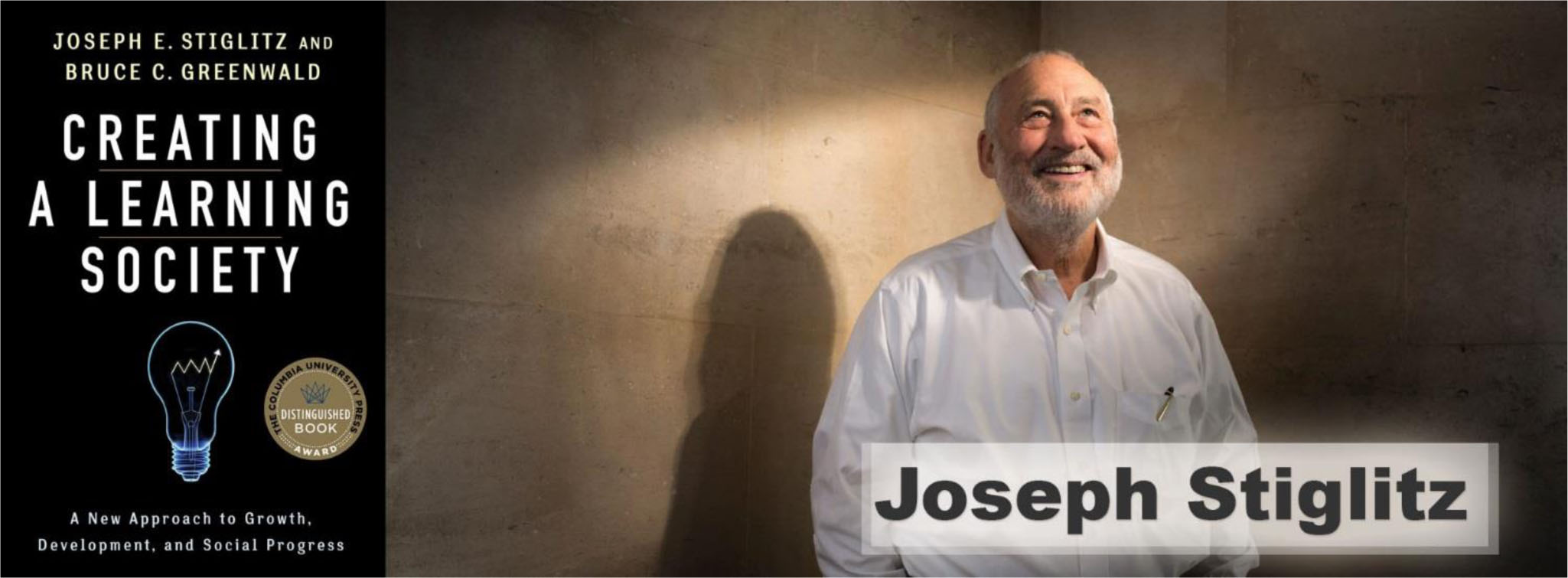
“It has become conventional wisdom to emphasize what matters is not static comparative advantage but dynamic comparative advantage. Korea did not have a comparative advantage in producing semiconductors when it embarked on its transition. Its static comparative advantage was in the production of rice. Had it followed its static comparative advantage (as many neoclassical economists had recommended), then that might still be its comparative advantage, it might be the best rice grower in the world, but it would still be poor.”
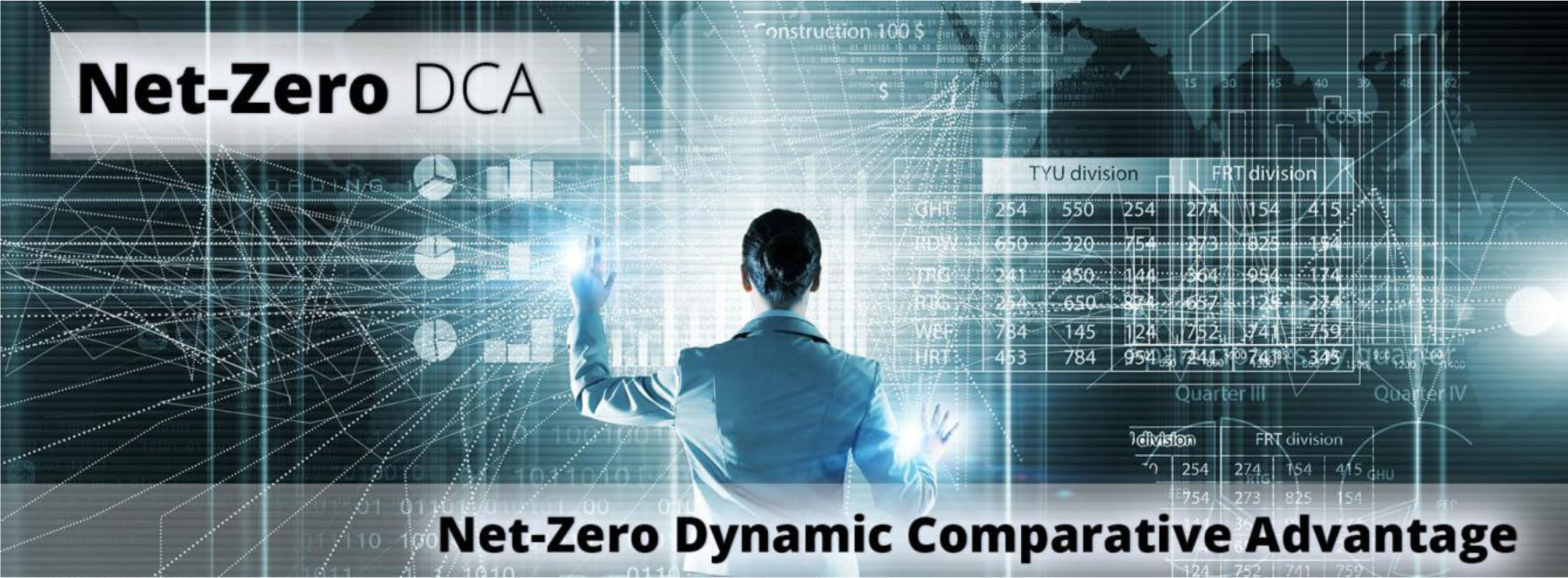
The thing about Š-ŔÉŚ™ and Net-Zero DCA™ is that in its basic form, Š-ŔÉŚ creates a strict supply and demand mechanism, which can increase and decrease cash flow (and so GDP) simply by increasing or decreasing either É or Ś. So long as The Sienna Equilibrium is in effect, Š-ŔÉŚ itself does not seem to care about which type of company supplies or demands, so long as some companies supply or demand. So, to a degree, we can, at our pleasure, choose the companies that best suit our net-zero special project ambitions. And we can make S-World Malawi’s Dynamic Comparative Advantage; in net-zero products and industry.
The Malawi Grand Śpin Network 2025
64 Cube – Industries Map
| Government Net-Zero Infrastructure | Government Electronic Cars | Government Family Planning | Government Healthcare | Tesla Gigafactory Network City | Tesla Gigafactory Network City | Tesla SWorld UCS™ Angel City 1 | Marketing Services City 1 & 2 |
| Government Solar Energy Arrays | Government Net-Zero Infrastructure | Government Net-Zero Infrastructure | Government Properties Developed | Tesla Gigafactory Network City | Tesla Gigafactory Network City | Virgin Angel City 1 | Retail Services City 1 & 2 |
| Government S-World Food | Government S-World Water | University Suburbs | FIFA WC Bid Infrastructure & Stadiums | Tesla Gigafactory Network City | Villa Secrets Berkshire Hathaway | Virgin Network City | Travel Services City 1 & 2 |
| Investor’s Sienna’s Forests | Microsoft SWorld TBS™ Angel City 1 | Facebook SWorld VSN™ Angel City 1 | Google VSN™ GT AC 1 | Soft Dev. Angel City 1 | Soft Dev. Angel City 1 | Peet Tent | Peet Tent |
| Investor’s Sienna’s Forests | Microsoft Net-Zero DCA™ Angel City 1 | Facebook SWeb™ Angel City 1 | SpaceX SWorld UCS™ Angel City 1 | Healthcare City 1 & 2 | Waste Disposal City 1 & 2 | The Arts City 1 & 2 | Entertainment City 1 & 2 |
| Sienna’s Paid2Learn Forests | Spartan Contract Paid2Learn | Spartan Contract Paid2Learn | Spartan Contract Paid2Learn | Spartan Electronic Cars | Spartan Electronic Cars | Solar or Nuclear Power | S-World Film City 1 & 2 |
| Spartan Housing Forests | Net-Zero Spartan Housing | Net-Zero Spartan Housing | Net-Zero Spartan Housing | S-World VSN™ Virtual Education | Advancing Human Potential | S-World Water | S-World Water |
| Sienna’s Forests Network City | Network City Infrastructure | Network City Real Estate | Network City Industry | Net-Zero Machinery Network City | Their Oceans Net-Zero Plastics (AC1) | Experience Africa Conservation | Experience Africa Conservation |
Above we see how the different networks of companies in the Malawi Grand Śpin Network in 2025 may look. The view presents 4,096 specialize and scale companies, (see Supereconomics book 2). Each cube represents 64 companies in a network and receives 1.5625% of Š-ŔÉŚ™ cash flow.
Below we see the general distribution and note that in addition to Governments 18.5% direct allocation is tax symmetry where close to 70% of all cash flow is spent on one or another project the government would like to see for its people, if only they had more money.
| Gov | Government’s – 18.5% | City Industry | 6.25% on City Development |
| Investor | Investors – 12.5% | Was Other | 25% on Other |
| Spartan Contract Paid2Learn | Labours 6.25% on Edu. and Training | Labours 12.5% Spending | 12.5% Spent by Labour |
| Spartan Contract Housing | Labours 6.25% on Housing | Special Projects | 12.5% on Special Projects |
The Future of Capitalism | Paul Collier
“A good model starts from assumptions that simplify, but are not surprising, yet reach surprising results. Ideally it crystallises something that thereafter seems obvious, but hitherto you had not realised.”(See Š-ŔÉŚ™ Financial Engineering & Supermonopoly)
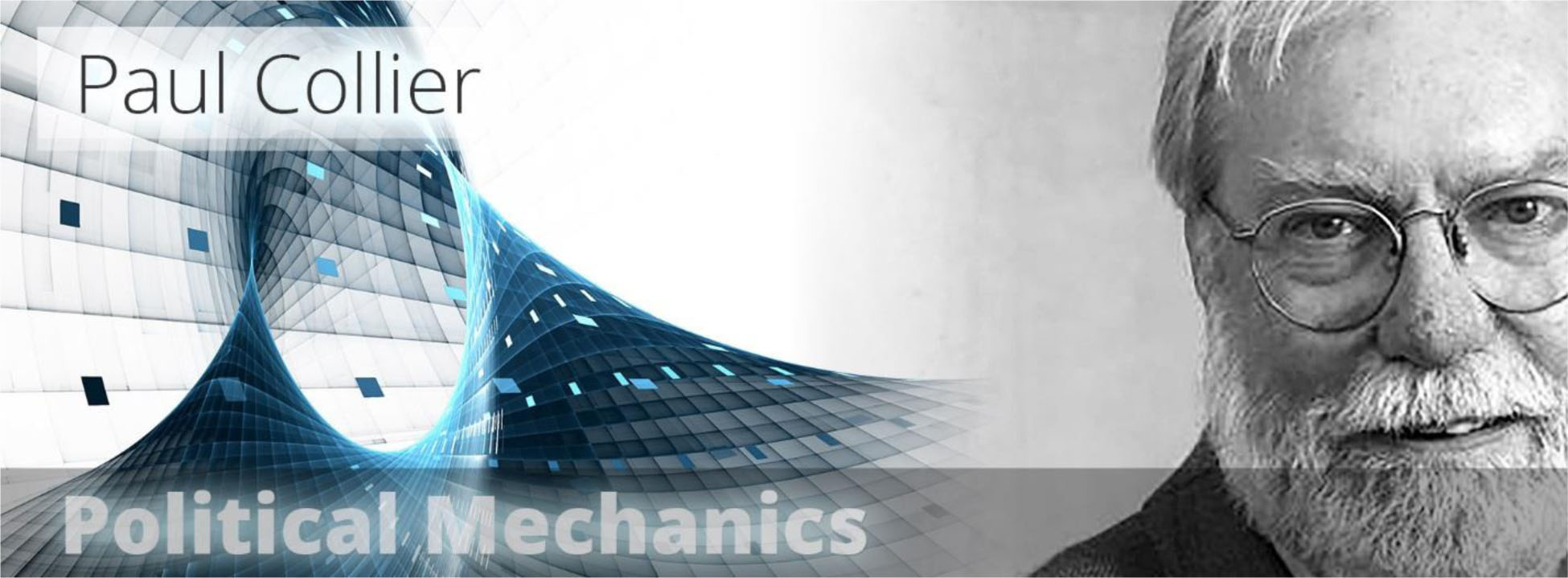
“We need the market but harnessed by a sense of purpose securely grounded in ethics.”
- “Scale is essential for modern levels of productivity. In the USA 94% of people work in a group. In African societies, most people work solo as artisans or smallholders, it has its virtues, but in consequence, productivity is chronically low, and so people are achingly poor. We need modern firms, and so do Africans, because Africa is not only the least prosperous region; it is the least happy region.”
- Ordinary workers on the assembly line were organized into small teams called quality circles and given the responsibility for quality control. Faults are treasures.
This incite was very useful, the idea of quality circles has since been applied to all companies, which can break up a medium-sized company to several quality circles. Now in the microeconomics, we will find many quality circles of four people or less, and most or all have equity directly in the small and medium-sized companies created.
monopoly versus Anti-Trust
Paul Collier Continues: “Scale economies are most pronounced when the activity depends upon a network, the provision of electricity requires a network of wires; the grid. The provision of water requires a network of pipes; the provision of train services requires a rale network. Sometimes it is possible to detach the service from the network, train companies can compete on a shared rail network, electricity generators can compete on a shared grid, but the network itself is a natural monopoly. “
This point, alongside variations on same in Joseph Stiglitz; ‘Creating a Learning Society,’ got me thinking about Monopoly, and when I thought about it, Š-ŔÉŚ™ Financial Engineering is a monopolistic equation. Because when É = 100%, the network is a perfect monopoly. In fact, the reason why Š-ŔÉŚ™ is so powerful is that it is a monopolistic system.
My initial reaction to the idea of antitrust was in the makeup of the network, hundreds then thousands, then millions of different companies, and tens of millions of quality circles, approximately half-owned by labour. How can a million different legal companies be a monopoly, and who would be served. (who would antitrust act against?).
At a guess S-World – The Sienna Foundation and the Angelwing software could be served for creating a monopolistic network and controlling the accounting.
So, I added ‘Antitrust in the New Gilded Age’ by Tim Wu to my reading list and by coincidence I was already reading Presidents of War by Michael Beschloss, which also covered Antitrust. I was expecting to find a big problem, The USA not approving of our monopolistic equation and AGOA trade and aid would be sanctioned or even disappear entirely.
However, even though Tim Wu was writing on the side of Antitrust, the book was very encouraging, as was Joseph Stiglitz’ ‘Creating a Learning Society’ which focused in many places on the economics for Monopoly.
Antitrust in the New Gilded Age by Tim Wu and Presidents of War let me know that at the height of Antitrust Theodore Roosevelt only sanctioned the bad trusts, and boy were they bad, more like big organised crime syndicates than networks of businesses. In Theodore Roosevelt judgement S-World with its 64 Reasons Why would not have been troubled.
More encouraging still was the news that for 20 years now, the US had not filed any antitrust actions. Only in the UK and Europe will you find antitrust still alive, and it cannot last, because the UK and Europe are falling behind. In the case of British Telecom, because they were smashed to pieces, now the UK needs China telecom companies to do UK telecom infrastructure. Why? Because where the UK government broke the British Telecom monopoly, China encourages and assisted the Huawei’s development at every juncture.
Climate Change
On the 64 cube industries map, we see 6 ‘other’ categories assigned to Tesla. Maybe for a Giga Factory, or maybe to make cars or components for their cars. In my opinion, Tesla is a Special Project all to themselves, and I would l like to work with them and their founder Elon Musk on many subjects, not the least of which is the software S-World UCS™ the mother of the 87 quintillion histories. But putting that to the side, I have an idea that may help the whole world right now. It came from an intense run of work on the S-World DCA™ BASIC software. I call it;The Carbon Traffic Lights.
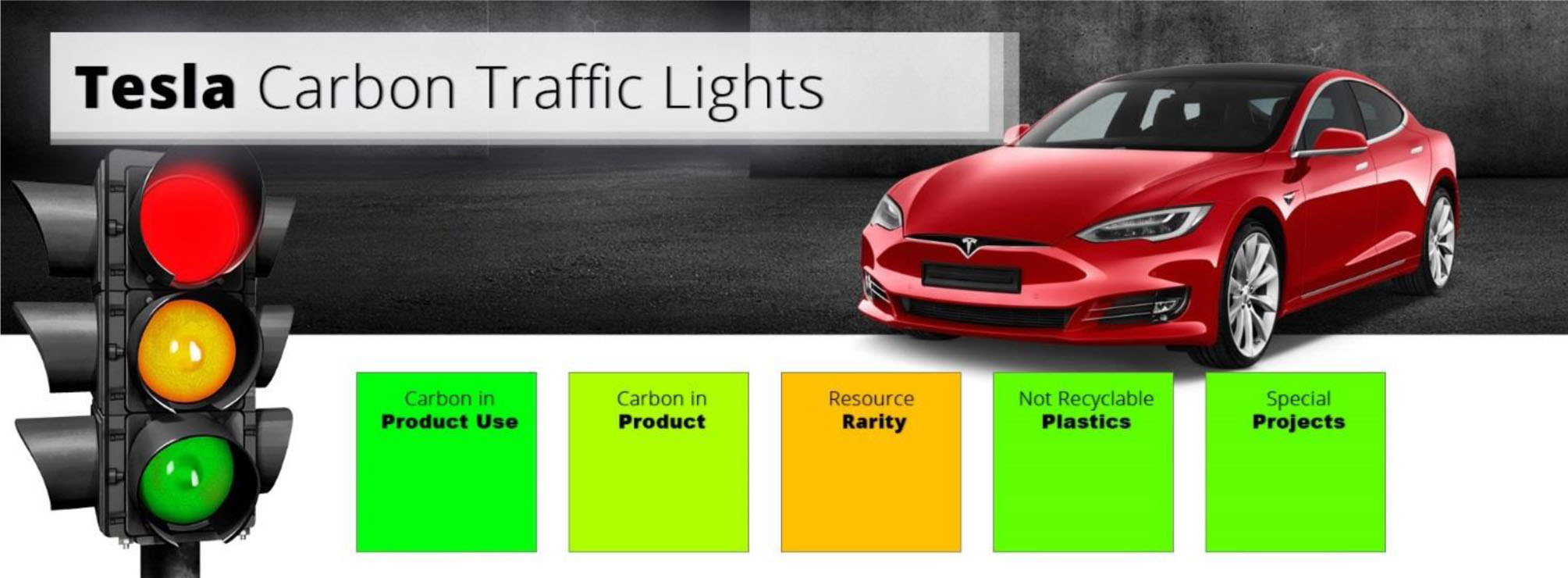
We make an internationally accepted set of rules, updated monthly, and I nominate Greta Thunberg, William Nordhaus (and students), Kate Raworth, Paul Collier, The UN, the SRC, the Nobel committee, Naomi Klein, Esther Duflo and Abhijit Banerjee.
To get the ball rolling I suggest, Carbon in product use, Carbon in product, Recourse Rarity, Recyclable plastics use, and Special Projects.
Each point is graded 1 to 100, and a snapshot is shown per the illustration above where we see Tesla would have perfect Carbon in Product use and Special Projects, could with time dispense with not-recyclable plastics, leaving Carbon in Product with a good score and Rescores rarity with maybe an average score. But across the board compared with their fuel-guzzling competitors, it will look like go – go – go.
Considering they are Tech companies and do not have an industrial component, relative to most companies Microsoft, Facebook, and Google may look equally good, as well as some of the +/- 300 Virgin companies, and all can improve over time; indeed this is the object – to force that change.
I would suggest that only companies that fall in the top 12.5% of all companies are endorsed. And here’s the trick, if we can pull it off, the companies that do fall into the top 12.5% can add it to their ad campaigns, and if it gets global support then like many ads used to end with their Facebook page, many of tomorrow’s ads could end with their carbon traffic light scores. This type of scrutiny for a year could force the change demanded by those who want to see a carbon tax. If successful this is going to ruffle feathers, there’s going to be a lot of opposition. You could almost write a new Jack Reacher novel about the environment. (See S-World Film)
Alongside helping companies that are green to be seen, it will help all Malawi Net-Zero companies. S-World companies can make some serious trade with the rest of Africa and Asia if they are internationally recognised as the go-to place for Net-Zero products, solutions, and industry. Especially if in the future Aid will be conditional upon third world countries not increasing carbon usage.
And that’s the trick, the answer to Stiglitz problem, as Korea produced semiconductors, the Malawi Network will specialise in Net-Zero products and solutions, it won’t just be Net-Zero it will make Net-Zero.
EEE Points & Demerits
| 1 | 2 | 3 | 4 | 5 | 6 | 7 | ||
|---|---|---|---|---|---|---|---|---|
| Product | EEE | EEE | EEE | EEE | EEE | EEE | Total 1 | |
| Serial | Price | Demerits | Demerits | Demerits | Demerits | Demerits | Points | |
| Number | per Item | Out of 10 | Out of 10 | Out of 10 | Out of 10 | Out of 40 | Out of 40 | |
| Carbon in | Carbon Cost | Resource | Biodegradable | Total | Special | EEE | ||
| Product Use | Of Productt | Rarity | Plastics | Demerits | Projects | Score | ||
| Al-Win-17 | $ 65.23 | 1 | 1 | 0 | 0 | 2 | 36 | 34 |
| Al-Win-24 | $ 44.65 | 2 | 1 | 1 | 0 | 4 | 36 | 32 |
| Al-Win-14 | $ 45.46 | 2 | 1 | 1 | 0 | 4 | 36 | 32 |
| Al-Win-19 | $ 44.28 | 2 | 1 | 1 | 0 | 4 | 36 | 32 |
| Al-Win-08 | $ 22.54 | 4 | 3 | 2 | 1 | 10 | 32 | 22 |
| Al-Win-18 | $ 111.78 | 0 | 1 | 3 | 0 | 4 | 36 | 32 |
| 11 | 8 | 8 | 1 | 28 | 212 | 184 | ||
| 11.7% | 88.3% | 76.7% |
In the example above, we see a hypothetical construction supply company TWF – The Window Factory. Far left, we see product codes and the price per product. Then in the next 4 columns (1 to 4), I score each product out of ten for the first 4 carbon traffic lights.
Next comes the contribution to special projects out of forty; in this scenario, TWF – The Window Factory assisted the following projects and others:
Global Cooling, Their Oceans, S-World UCS™ , Net-Zero Five-Star Social Housing, The TBS ™, S-World Film, S-World VSN™ Virtual Education, Paid2Learn 1, S-World UCS™ MMO Education, S-World BES™ Behavioural Economics, S-World Angelwing Software Framework Growth Theory versus Climate Change, Net-Zero Industry, Scarce Resources, Biodegradable Packaging and Plastics, Solar Arrays | S-World Power, Welfare for the Villages (Paid2Learn 2), Is it Safe? Female, Racial, LGBT, and other Equalities, Football & Sports Leagues (Paid2Learn 3).
When we deduct the demerits from the Special Projects EEE scores, we arrive at an EEE Efficiency of 76.7%, and in this hypothesis, the minimum score allowed to trade is 75%. But to win Ťenders (the biggest prize), one needs a 100% EEE Score, which they can achieve by planting trees or stopping tress from being destroyed. This is the job of Special Project 6. Sienna’s Forests.

Below we see the result of plating or saving trees (and other carbon-reducing operations).
In column 10, we see 56 demerits are cancelled by 56 rounds of tree planting per year, which may be about 10,000 trees, irrigation and water, per S-World company. In the Malawi Grand Śpin Network in 2025, there are predicted to be 5120* companies so 51,200,000 trees that year. And as the network grows to 24,576 predicted in 2032, it will have plant 245,760,000 trees that year, and in 2048 1.3 billion trees. In addition, we need to consider different Grand Śpin Networks. Currently, we are now just talking about Malawi, but many Grand Śpin Networks are possible, Brazil, India, Greece, and a hundred others, which collectively can plant a phantasmagorical number of trees. And when we run out of the land, we will buy endangered forest around the world, until they become a commodity worth more left unhindered than via extraction and buy coal fields and other fossil fuel deposits and freeze their production.
| 1 | 2 | 3 | 4 | 5 | 6 | 7 | 10 | 11 |
|---|---|---|---|---|---|---|---|---|
| EEE | EEE | EEE | EEE | EEE | EEE | Total 1 | EEE | Total 3 |
| Demerits | Demerits | Demerits | Demerits | Demerits | Points | Bonus 2 | ||
| Out of 10 | Out of 10 | Out of 10 | Out of 10 | Out of 40 | Out of 40 | EEE | ||
| Carbon in | Carbon Cost | Resource | Biodegradable | Total | Special | EEE | Sienna’s | EEE |
| Product Use | Of Productt | Rarity | Plastics | Demerits | Projects | Score 1 | Forrest’s | Score 2 |
| 1 | 1 | 0 | 0 | 2 | 36 | 34 | 6 | 40 |
| 2 | 1 | 1 | 0 | 4 | 36 | 32 | ||
| 2 | 1 | 1 | 0 | 4 | 36 | 32 | 8 | 40 |
| 2 | 1 | 1 | 0 | 4 | 36 | 32 | 8 | 40 |
| 4 | 3 | 2 | 1 | 10 | 32 | 22 | 18 | 40 |
| 0 | 1 | 3 | 0 | 4 | 36 | 32 | 8 | 40 |
| 11 | 8 | 8 | 1 | 28 | 212 | 184 | 56 | 240 |
| 11.7% | 88.3% | 76.7% | 23.3% | 100% |
A Good Model
We have now read an introduction to Supereconomics Book 3. The 64 Reasons Why. To conclude this summary, we move to the end of the book – Part 5. Special Projects, but before we do a quick description of parts three and four which in the full book account for 57,000 words plus graphics over 247 pages.
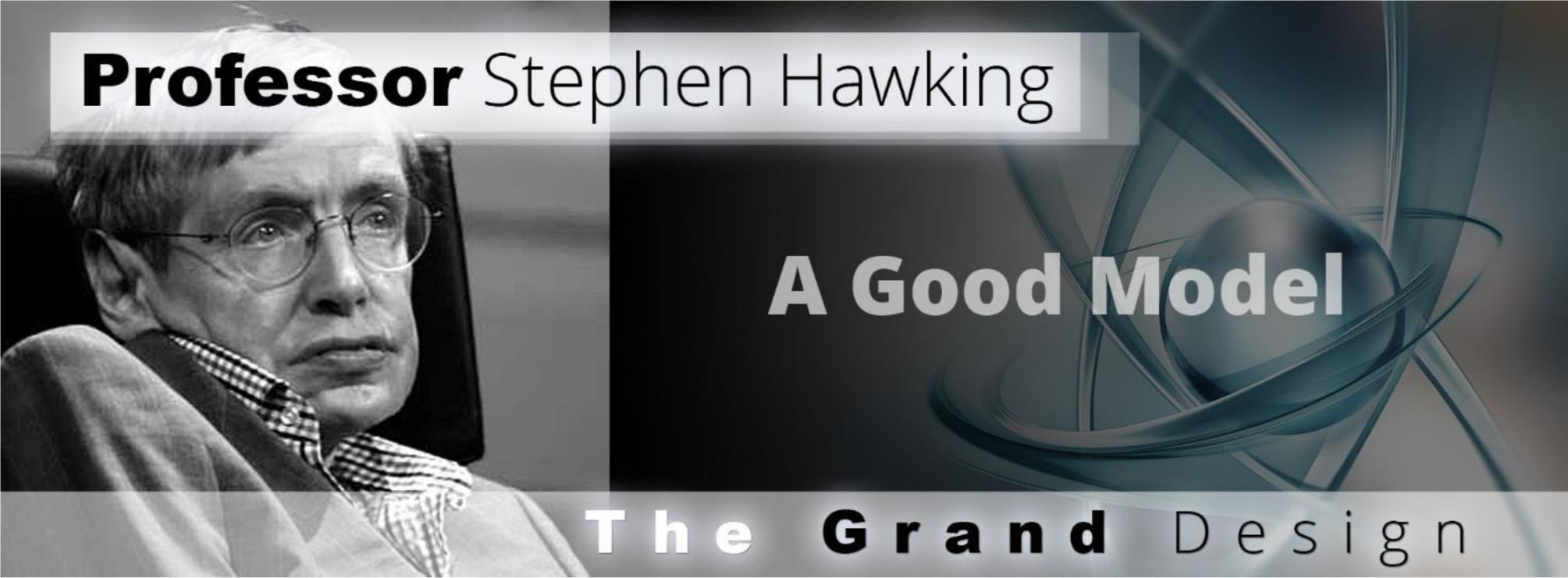
Picking up at chapter 6. Part 3. ‘A Good Model’ begins and later ends with sections from the book The Grand Design by Professors Stephen Hawking and Leonard Mlodinow. Beginning with the four components of a good scientific model; 1) Elegance, 2) Contains few arbitrary or adjustable elements, 3) Agrees with and explains all existing observations, and 4) Makes detailed predictions about future observations that can disprove or falsify the model if they are not borne out.
Then in chapter 7, we zoom in on to the S-World UCS™ M-Systems www.angeltheory.org/the-s-world-ucs-m-systems, which leads us to chapter 8. Beyond 87 Quintillion Histories. This Chapter was intended for a follow-up book, it runs for 52 pages and is packed full of useful, and complimentary ideas, and revisits and The Grand Design and in particular; the Richard Feynman Alternative Histories section.
Chapter 9) presents the MARS Resort 1 thought experiment for Elon Musk, which opened the doors for the RES Equation from 2012 to return as Š-ŔÉŚ™, and simplifies the idea of selling real estate to selling suburbs (90% of income in History 3 comes from this suburbs idea). Following on from MARS Resort 1 is a graphical presentation of The Malawi Grand Śpin Network and then in chapter 11) we find some relevant exerts from ‘The Future of Capitalism’ by Paul Collier, then in Chapter 12) About Women – The Moment of Lift is for Melinda Gates. Last in part 3, chapter 13) presents ‘My Reason Why’– Sienna Skye – The ‘S’ in S-World.










